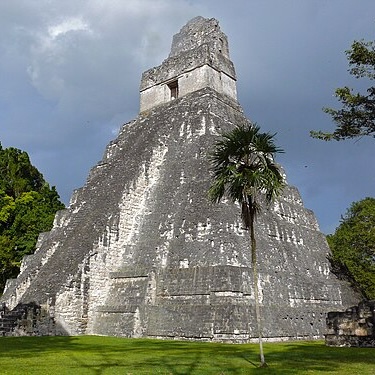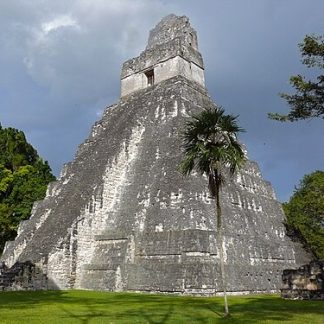More Info
The mysterious Mayan civilization was one of the most advanced and enigmatic cultures in the Americas, flourishing for more than two millennia (roughly from 2000 BCE to 1500 CE) in what is now southern Mexico, Guatemala, Belize, Honduras, and El Salvador. During the peak of their civilization (100-950CE), The cities of the Maya flourished, with magnificent pyramids, temples, and palaces. The Maya developed a complex social structure with a ruling elite, priests, scribes, artisans, and farmers that displayed sophisticated achievements in astronomy, mathematics, and architecture. But around the end of the 9th century, many southern cities in the Maya lowlands experienced a sudden, mysterious collapse. The northern Mayan cities continued to thrive, but finally succumbed to Spanish colonization in the 16th century. Today, In the dense jungle canopies of Central America and the Yucatan, much of what remains of the Maya civilization remains hidden from view. While important archaeological sites have been discovered and are now iconic tourist destinations, an understanding of how the Maya used the land (the extent of their settlements, the organization of towns and spheres of influences) is yet unknown. New Maya archaeology discoveries are increasingly made using GIS, Arch AI and LiDAR with a range of satellite data to penetrate dense jungle with infrared imaging and other tools. This new scientific methodology will be amply illustrated in the lecture.
Patrick Hunt believes the perceived boundaries between academic subjects are too often arbitrary and artificial, and thus explores junctions between many intersecting areas of interest across the broader humanities, sciences, and the arts. Patrick has followed several of his life-long dreams—archaeologist, writer, composer, poet, and art historian—for nearly three decades at Stanford University. Among many other works, he is author of When Empires Clash, Pascal & Voltaire at the Cafe Procope, Hannibal, and Ten Discoveries that Rewrote History.

